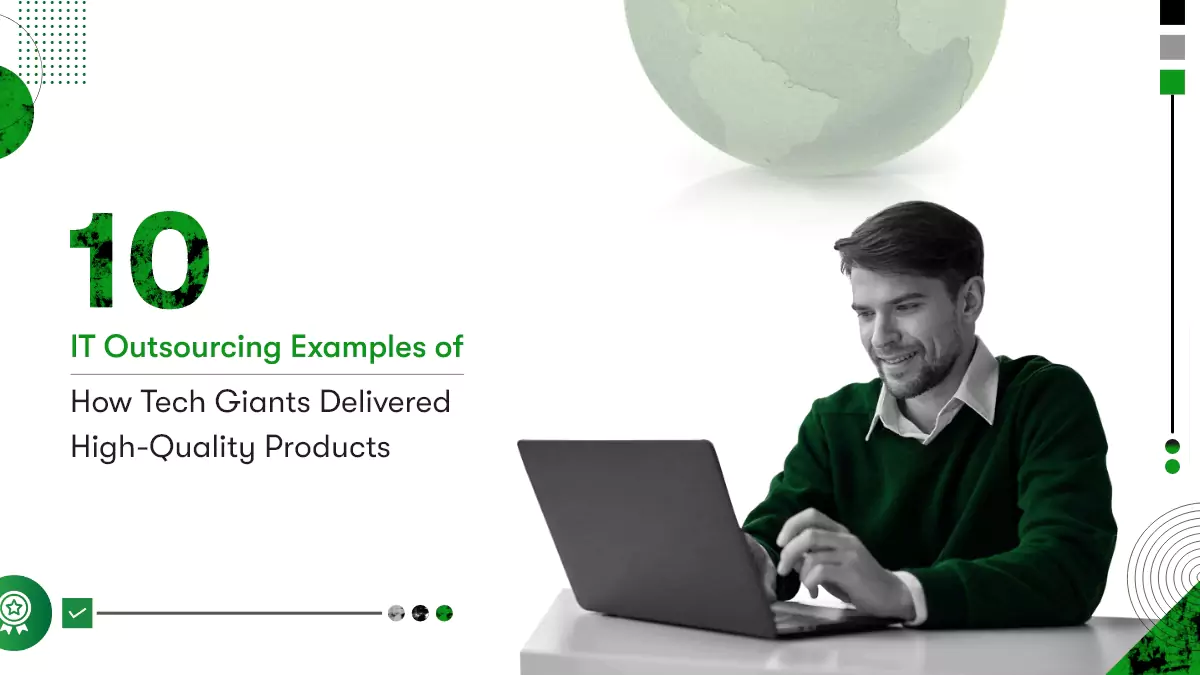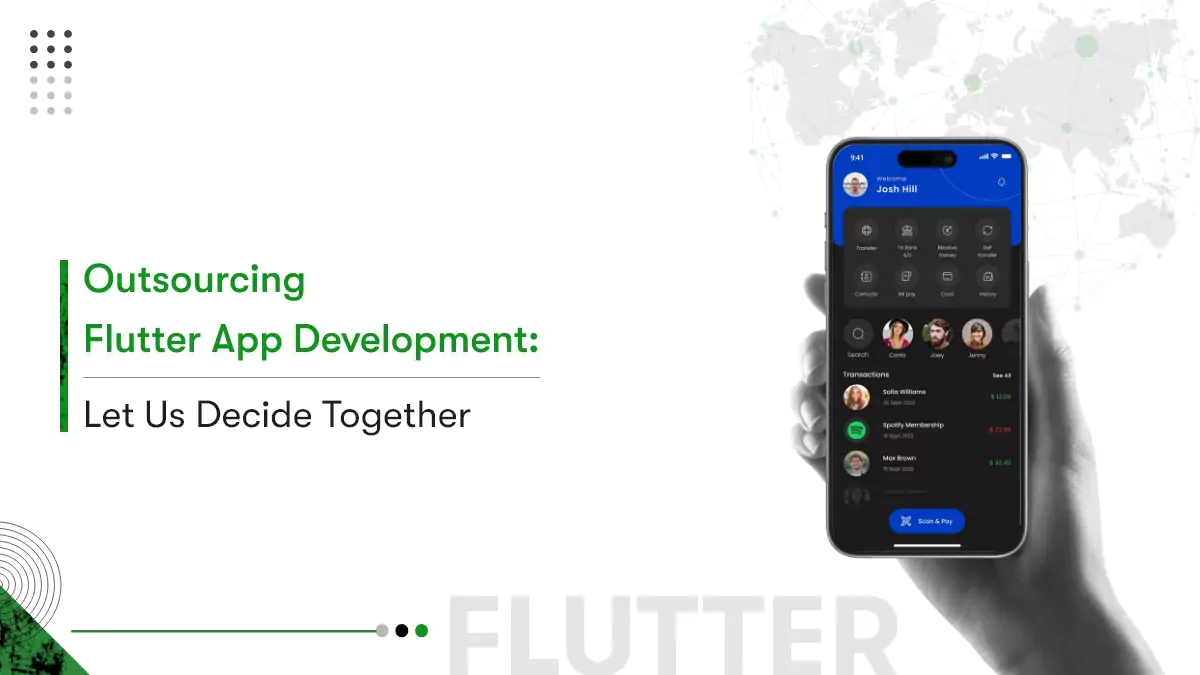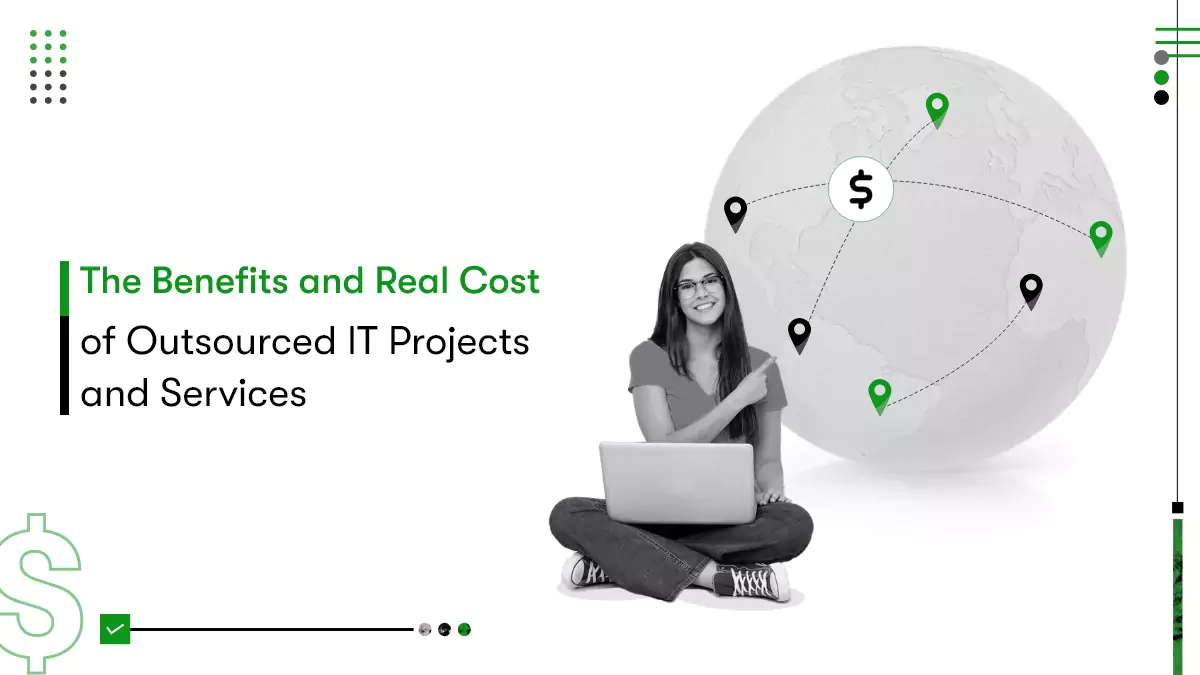The eCommerce industry is evolving. Legacy eCommerce systems find it challenging to meet customer needs. Consumers are consuming information and transacting through various touch points, including IoT devices and progressive web apps. Because of this, Headless commerce has established itself as an essential tool in the eCommerce industry. It helps customers to have a consistent buying experience across various channels and delivers a highly tailored customer experience.
Consumers are using devices like Google Home, Amazon Echo, Amazon Dash buttons, and even smartwatches to consume content and make transactions. It’s not just laptops and mobile phones anymore. How can online retailers stay current with fashion and quickly respond to technological change? And how can eCommerce platforms satisfy the needs of today’s consumers?
Enter The Headless Commerce.
Due to its ability to simplify the digital experiences that eCommerce companies provide their clients, Headless commerce is becoming increasingly popular. Forbes reports that more than $1.65 billion in capital was obtained for Headless technologies in only 2020–2021; as more eCommerce organizations scramble to stay up with the times, this amount will only rise.
This article will discuss headless commerce, what you need to know about it, and why many eCommerce organizations choose to use it.
Read also: Best eCommerce business startup ideas for 2022
What is Headless Commerce?
Headless commerce, to put it briefly, is an eCommerce system that doesn’t need a frontend delivery layer to store, manage, or send content. When using a headless eCommerce platform, the front end, a template or theme, is decoupled and removed from the backend.
Businesses may update the frontend consumer experience more quickly and simply. This implies that businesses can take advantage of several opportunities that would not otherwise be available to them, such as:
- Allowing businesses to utilize whatever frontend technologies or platforms are appropriate for their business.
- Enabling retailers to rapidly and easily adopt new customer experiences or commerce features to additional channels.
Customer experience can be eCommerce’s key differentiation in a market that is becoming increasingly competitive. Headless commerce enables businesses to make quick changes and customize their services, from smartwatches to in-store kiosks.
With these numerous frontend interfaces, it can manage “headlessly” from the same back end.
Headless CMS systems have gained popularity since businesses realized that the system handling all of their content did not necessarily need to be the same as the system managing the front end of their website. Headless commerce lets businesses isolate their eCommerce system from the frontend tools -websites, mobile applications, and other forms of commerce.

How Does It Work?
Headless commerce requires a switch from a commerce-led to a content-led approach using APIs. It is a software interface that enables the communication between two programs. The display and application layers pass API requests to each other to operate any Headless commerce system.
For example, the presentation layer (the app interface) makes an API request to the application layer (the payment gateway and order management tools in the backend) to process an order when you purchase your smartphone. The presentation layer displays the order status when the application layer registers and executes your order.
The Headless Commerce system’s backend can communicate with anything willing to send the right API calls. The mechanism remains the same for any frontend of Headless eCommerce sites, be it on a Mobile, Laptop, Smartwatch, or Kiosk screen. Moreover, the front end needs to concentrate on showing information to the user and doesn’t need to deal with any processing. Hence, Headless Commerce gives an eCommerce business incredible flexibility and omnichannel capacity.
Headless Commerce vs. Traditional Commerce Platforms
Knowing how headless commerce differs from traditional commerce will make it easier for you to understand why the former is the clear solution for modern e-commerce companies.
Traditional commerce
Traditional commerce links both the back and front end closely. The content and code for the layouts and plugins used on the front end are located in the backend.
This can have certain benefits; specifically, when there is a minimal chance that the company will become more sophisticated over time, SMEs looking to sell online rapidly can benefit more from a simple, out-of-the-box solution.
However, some companies quickly find themselves in a scenario where they want to update the front end of their website but are limited by the restrictions of their selected out-of-the-box solution.
Moreover, code modifications can result in unforeseen repercussions due to front and back ends interconnection.
Headless commerce
With headless commerce, there are more options for customization and enhancing the consumer experience.
When using a Headless architecture, any backend CMS is not controlling the frontend experience. A pre-existing frontend design, an off-the-shelf template, or something designed from scratch is the option for merchants to choose from.
With Decoupling, developers can create unique brand experiences for new channels suited to the target audience’s demands. Websites, applications, smart devices, and social media platforms can serve content and transactions using APIs.
There is potential to provide a front-end consumer experience that allows for more personalization, the ability to respond to shifting customer behavior, and a continually changing user experience.

Benefits of Headless Commerce to your Business
The last two years have been for Headless commerce. Over $1.65 billion in funding has been raised for Headless.
But how does going headless help your Business? The following are some of the key points that will help you in knowing How going Headless is beneficial for your Business:
Unlimited Customization & Personalized Customer Experiences:
The headless commerce approach doesn’t limit you to developing a single kind of customer experience. As the front and back ends are decoupled, updating the content layer is simpler and less risky because the underlying infrastructure won’t be disrupted.
Headless commerce platform integrates content and can deliver it through API anywhere, allowing for much quicker delivery and improving the user experience. By centralizing and enabling all customer purchasing data, headless platforms minimize information silos.
And through this information, retailers can customize product suggestions and can create more relevant offers to boost conversion rates.
That’s why – Today’s eCommerce market requires the freedom to build customized and personalized customer experiences.
Ease of Integrations:
Headless solutions offer the ability to link several tools via an API. It provides smooth data connections and transfers while making it simple for software systems to communicate with one another. The options for utilizing the data are increased by this flexibility, which also removes limitations. The backend architecture is where most eCommerce functionality is found. However, if you want to enhance the user experience, you can utilize an API to fix such issues. Facilitating an integration becomes quite simple because the user experience is separated from the backend.
Omnichannel Experience
Customers anticipate a consistent end-to-end purchasing experience since they buy across many digital platforms.
By centralizing all customer data and offering through an API layer, Headless solutions enable eCommerce businesses to create that unified experience at every point of contact. In today’s advancement in commerce, integrating a new digital channel into eCommerce can provide businesses with a substantial competitive advantage in the market.
Agility & Flexibility – Faster time to market
Platforms for headless commerce can accommodate new technologies as they are developed. It implies that marketing teams can quickly establish many sites across diverse brands, departments, and portfolios. And because headless software is so flexible, firms can go to market more rapidly even if consumer tastes change overnight. A headless platform provides a means to experiment without disrupting backend operations, whether you want to test out new variations in shopping experiences or fulfill quickly changing client expectations.
Read also: What does it cost to start an eCommerce business?
The Challenges of Headless Commerce
Although headless commerce systems have certain advantages, the switch is difficult and not for everyone. Here are some concerns you should be aware of if you’re thinking about switching to a headless platform:
- Higher ownership costs
Before switching to Headless, you must consider the cost of Frontend because most headless commerce doesn’t come with one. The total cost of ownership increases with the number of integrations because it has a pay-per-use design.
- Flexibility comes with complexity.
Managing a distributed system instead of a single solution can be difficult for a minor team. But, it will get simpler for larger teams to work because you will have to deal with several vendors and have different teams concentrate on the various blocks.
- Replatforming is not that easy.
Although switching to a headless platform has undeniable long-term advantages, eCommerce replatforming can be difficult and time-consuming, depending on how many frontend experiences and back-integrations you want to achieve. You must be careful while considering the timelines at a team and company level.

What type of eCommerce businesses are best suited for headless?
Going API-first has swept the eCommerce sector. Several top eCommerce business models and niche players have quickly adopted the headless approach. Some of the models are:
- Bloggers
- SME
- Manufacturing
- Tech startups
- Nonprofit
- Sports teams
- Online retailers
Examples of Headless Stores From Top Brands
Some of the world’s biggest brands now use headless commerce. Here are some examples of the most influential brands:
Target
Customers frequently switched between different brands as Target competed with Amazon and Walmart. After a detailed analysis, Target found that around 80% of their clients started and concluded their purchasing process on different devices. By bridging this device gap and establishing a headless commerce architecture to unify the customer journey across many platforms, the business recognized a significant opportunity for development. After this implementation, Target noticed an increase in its online conversion rates, as its users found it easy to complete their purchases.
Nike
It went headless for a mobile-first strategy to capitalize on the younger market group increasingly buying on their phones.
It Created a new website with React SPA combined with the Node.js backend for the front end.
The new setup allows Nike to optimize on mobile and across all sites. Since its launch, it has steadily surpassed Adidas in market share.
Audi
Audi required a website that could adapt to its changing customer requirements. It needed a tech stack that was quick and flexible.
The brand integrated specialized services on the front end and used commerce tools as their commerce platform on the back end. Customers can buy automobile upgrades and extra features using an app or in-car settings thanks to the eCommerce functionality’s integration with in-car technologies.
Read also: eCommerce app vs. website – Which one is ruling today and why?
So, Should You Go Headless?
A Headless solution is something to examine seriously if you believe your existing eCommerce setup restricts your ability to offer the consumer experience you need or if your conversion rates are being hit by slow page load time.
Further, you can discover that traditional DXPs (Digital Experience Platforms) are too cumbersome for your current time.
If you find any of this familiar, Headless commerce via frontend as-a-service might be a good next step.
How do you get started with headless?
Getting started with headless commerce might be the most challenging and confusing part. When you work with a committed frontend-as-a-service provider, you don’t experience the anxiety and uncertainty that usually comes with rebuilding your eCommerce architecture.
After switching to headless, you’ll have a high-converting, blazing-fast, and on-brand experience that gives you a competitive advantage.
Your merchandising and web team will value the flexibility, your consumers will recall an outstanding shopping experience, and your site’s overall design will propel sales to new heights.
After this blog, you will get a clear picture of choosing Headless commerce over traditional commerce. But if you still feel confused, book your demo session with Kodytechnolab to get a clearer picture.











 Contact Information
Contact Information